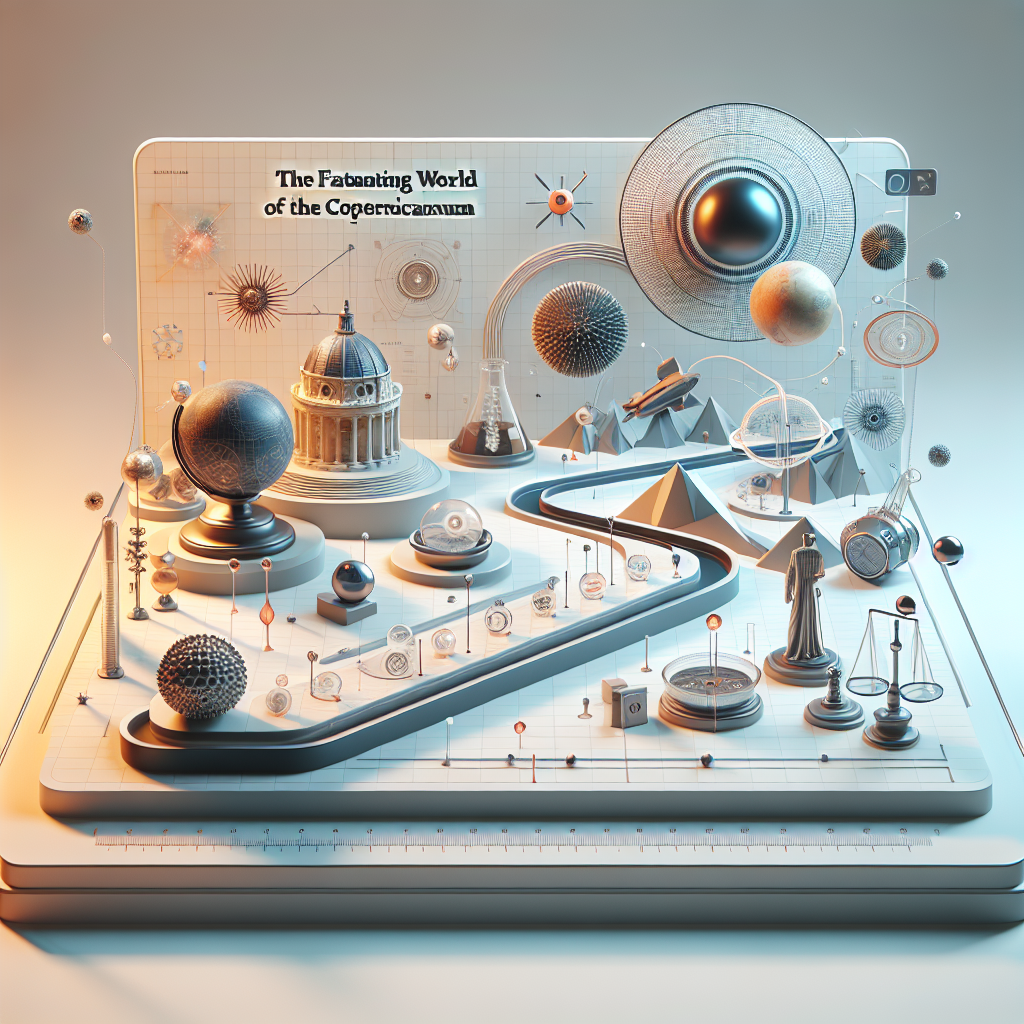When Nicolaus Copernicus first dared to imagine the stars and planets aligning not around us, but around a distant sun, he wasn't just seeing the universe differently—he was expanding our world from egocentric limitations to cosmic wonders. During the Renaissance in the early 16th century, Copernicus was a cleric in what’s modern-day Poland, where he rose not just as a church official but as a profound thinker who questioned the conventional geocentric view of the universe. His revolutionary idea that Earth and other planets revolved around the sun, known as the heliocentric model, shook the very foundations of science and religion.
Copernicus’ heliocentric theory, detailed in his seminal work, De revolutionibus orbium coelestium (On the Revolutions of the Celestial Spheres), challenged the established view propagated by Ptolemy, whose model had been accepted for nearly 1,400 years. By proposing that the Earth was not the center of the universe but rather one planet among many circling a sun, Copernicus opened a portal to modern astronomy. His ideas evoked both admiration and criticism, igniting an intellectual movement that sought truth and knowledge beyond accepted dogma.
Back then, the Catholic Church had a firm grip on the dissemination of knowledge. Anything that contradicted the scriptures could be seen as heresy. Copernicus' efforts represented a significant shift towards scientific inquiry and critical thinking, paving the way for the Enlightenment. His model not only shaped future generations of astronomers like Johannes Kepler, who expanded upon these ideas with his laws of planetary motion, but also laid groundwork for the scientific method itself.
Although written in scholarly Latin, Copernicanum went beyond scientific discourse. It symbolizes a fundamental shift in how humanity understands its place in the vastness of space. At its core, the debate isn’t just about celestial bodies; it's about challenging authority and valuing empirical evidence over tradition. This push against the status quo is reminiscent of the struggles many continue to face in our world today—where young voices call for ecological change, racial equality, and the dismantling of systemic biases.
Even centuries later, many still grapple with the uneasy coexistence of science and belief. Some religious individuals find harmony between faith and science, accepting that Copernicus’ observations about the universe do not necessarily negate spiritual beliefs. Many theologians today view exploration and discovery as processes that deepen faith. On the other hand, skepticism about science continues in some pockets, with flat earth theories and other conspiracy movements resonating among certain groups.
Nonetheless, the move toward seeing the world from different perspectives is incredibly empowering. Copernicanum reminds us of the importance of questioning and exploring, qualities embedded in our humanity that drive progress. Today, as society embraces diversity in knowledge and thought, this spirit lives on through the inspiring work of Gen Z. Young innovators, aware of global inequality and climate crises, push for solutions with fervor that reflects this rich heritage of questioning.
Understanding Copernicanum offers more than just a lesson in history; it presents an invitation to assess truths in every aspect of modern life. From politics and media to technology and environmental issues, the world feels vast and interconnected just as Copernicus envisioned the universe—big and full of potential. As we navigate this complexity, embracing differences in opinions while championing evidence-based facts remains crucial.
Copernicus may have altered our view of the cosmos, but every generation must face its own revolution, reshaping perspectives to match their realities. In standing up for what we question, scrutinizing our origins, or even embarking on space adventures, each step reflects an ongoing dance with the cosmos. The next time you look up at the stars, let them be a reminder of the ever-evolving quest for truth and understanding, much like Nicolaus Copernicus dared to dream.

